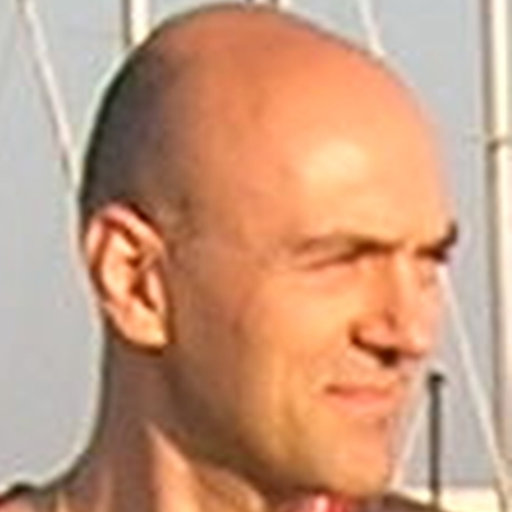
Andrea Cavallaro is Professor of Multimedia Signal Processing and Director of the Centre for Intelligent Sensing at Queen Mary University of London, UK. He received his Ph.D. in Electrical Engineering from the Swiss Federal Institute of Technology (EPFL), Lausanne, in 2002. He was a Research Fellow with British Telecommunications (BT) in 2004/2005 and was awarded the Royal Academy of Engineering teaching Prize in 2007. Prof. Cavallaro is Area Editor for the IEEE Signal Processing Magazine and Associate Editor for the IEEE Transactions on Image Processing. He is an elected member of the IEEE Signal Processing Society, Image, Video, and Multidimensional Signal Processing Technical Committee, and chair of its Awards committee. His research interests include Multi-camera Networks, Target Detection and Tracking, Multimodal Information Fusion, Behaviour and Identity Recognition, Robotic Perception, Underwater Imaging and Privacy.

Stefanos P. Zafeiriou (M’09) is currently a Reader in Machine Learning and Computer Vision with the Department of Computing, Imperial College London, London, U.K, and a Distinguishing Research Fellow with University of Oulu under Finish Distinguishing Professor Programme. He was a recipient of the Prestigious Junior Research Fellowships from Imperial College London in 2011 to start his own independent research group. He was the recipient of the President’s Medal for Excellence in Research Supervision for 2016. He has received various awards during his doctoral and post-doctoral studies. His research interests include Statistical Machine Learning/Pattern Recognition, Linear/Multilinear decompositions, Convex Optimization, Detection and Estimation Theory, Object Alignment and Tracking, Facial Biometrics, Facial Expression Recognition, Human Behavioral Analysis, Behavioral Biometrics.




